How can smart contact lenses monitor and treat eye conditions?
Futurum
OCTOBER 4, 2022
Biomedical engineering is a field that spans many disciplines, combining engineering, biology, medicine and healthcare. Underrepresented students from local high schools can participate in paid opportunities to develop their interests in science, technology, engineering and mathematics (STEM). ABOUT BIOMEDICAL ENGINEERING.

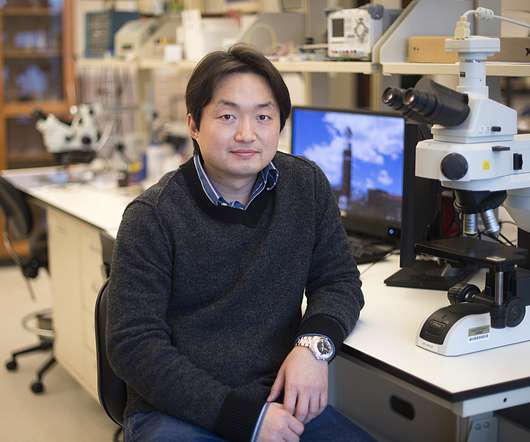
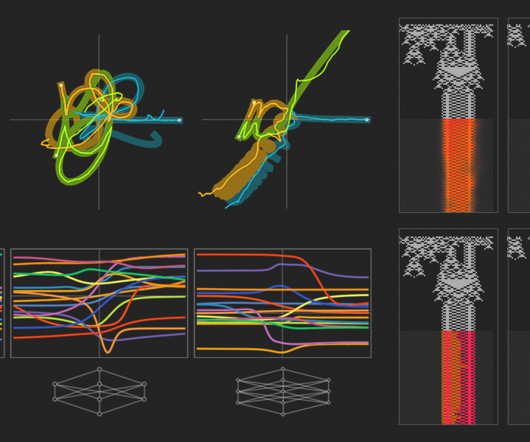
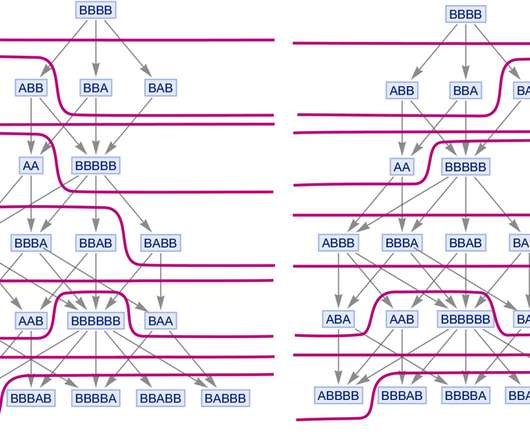
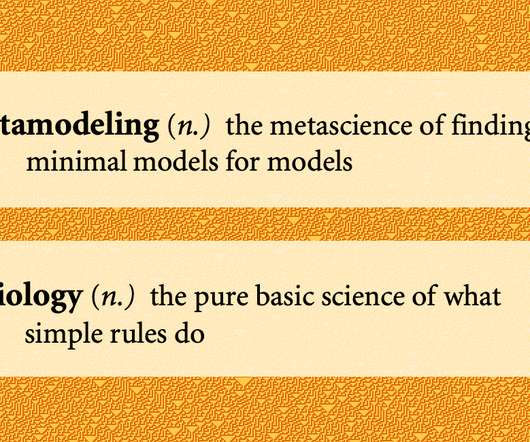
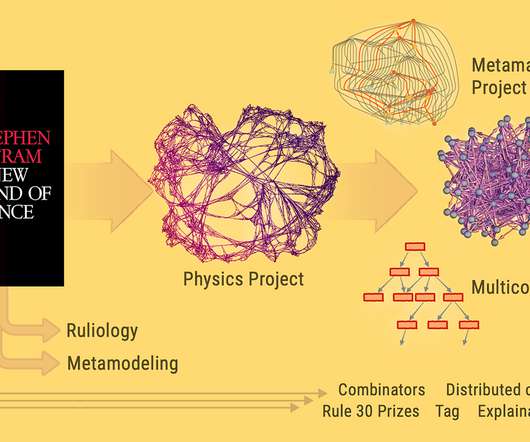
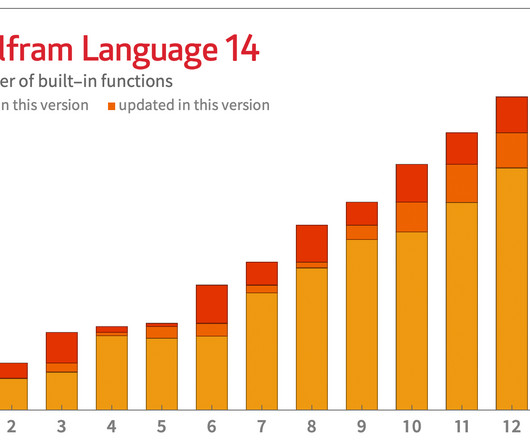







Let's personalize your content